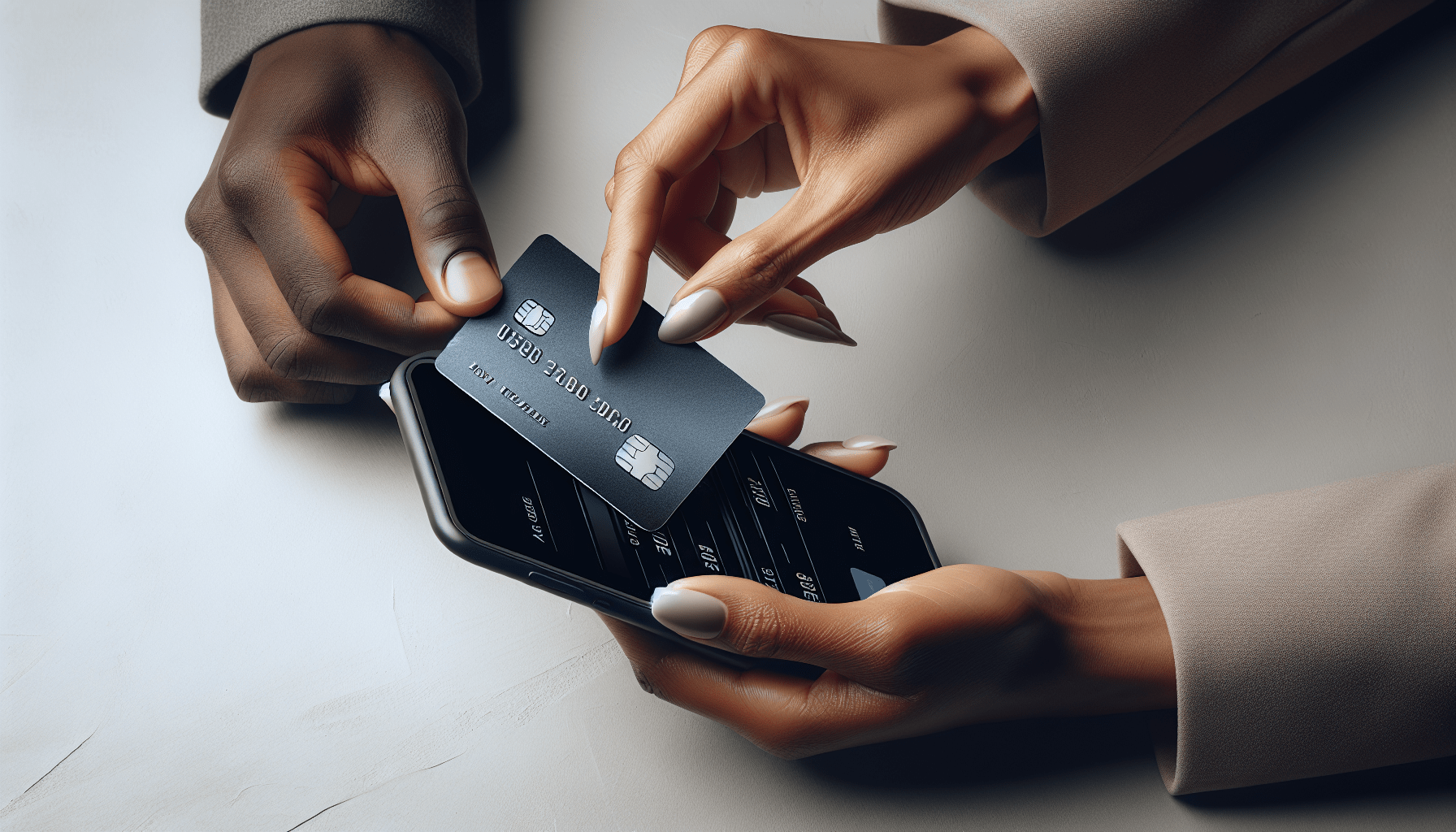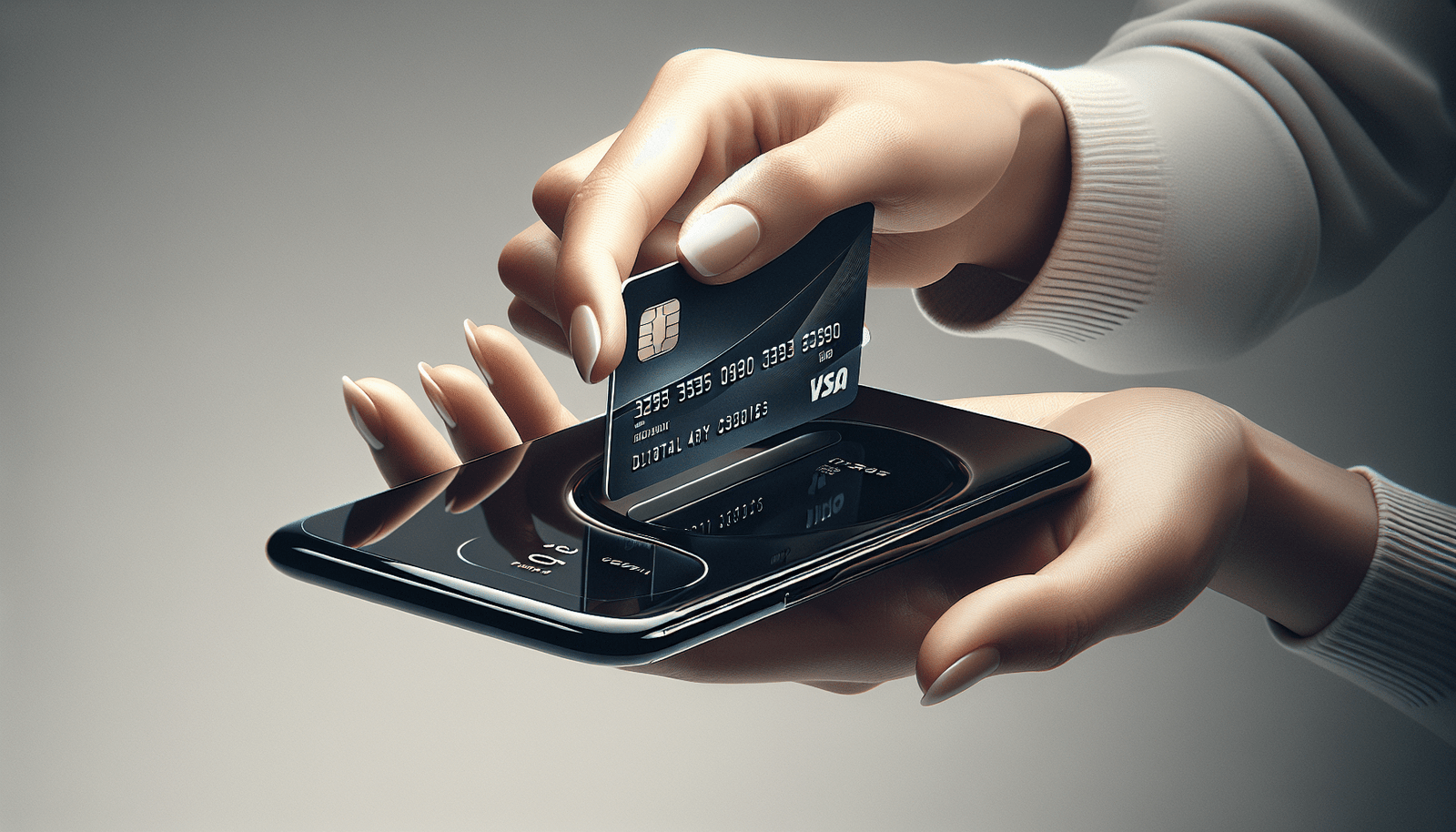In today’s digital age, managing online payments efficiently is crucial for both personal and professional transactions. “Detailed instructions for adding a card to your payment methods” meticulously guides users through the intricate process of updating their payment options. This comprehensive article covers historical developments in payment methods, discusses current trends in financial technology, and outlines step-by-step instructions to ensure a seamless experience. Enhanced with expert insights and real-world examples, the article not only simplifies adding a card to your payment method but also highlights its importance in staying current with evolving digital payment solutions.
Table of Contents
How to Add a Card to Your Payment Method

Hook: Why Should You Care About Updating Your Payment Method?
In an increasingly digital world, where almost every transaction is conducted online, maintaining up-to-date payment methods is no longer a choice but a necessity. Would you like to avoid missed payments or lapses in service? Keeping your payment methods current ensures uninterrupted access to your favorite services, whether they are streaming platforms, utility bills, or online shopping subscriptions.
Overview
Keeping your payment methods updated is more relevant than ever. This process can be complex, considering the various platforms and services individuals use daily. Yet, understanding how to manage and update payment methods efficiently can save time and prevent complications. This article aims to guide users through the process of adding a card to their payment methods across different platforms, emphasizing the importance and practicality of this action.
Thesis Statement
Adding a card to your payment method may seem like a trivial task, but it is crucial for ensuring seamless transactions and uninterrupted services. The focus of this article is to provide a thorough, step-by-step guide on how to achieve this on different platforms, emphasizing the importance of keeping your payment methods updated.
Historical Context
The evolution of online payments has been remarkable. Just a few decades ago, people relied heavily on checks and cash transactions. With technological advancements, credit and debit cards have become prevalent, laying the groundwork for today’s sophisticated, digital-first payment ecosystems. Understanding this evolution is essential to appreciating the importance of keeping your payment methods up to date.
Evolution of Payment Methods
- 1980s-1990s: Introduction of credit and debit cards, changing the way people transacted.
- 2000s: Rise of online banking and electronic payments, leading to greater convenience.
- 2010s-Present: Emergence of mobile payment solutions and digital wallets, offering unprecedented flexibility.
Current Trends
The current landscape sees an increasing shift towards contactless payments and digital wallets, such as Apple Pay and Google Wallet. Subscription-based services have also surged, necessitating the need for users to maintain updated payment methods to ensure uninterrupted access to these services.
Growing Importance of Digital Payments
- Contactless Payments: Adoption of NFC technology for quick and secure transactions.
- Digital Wallets: Increased use of apps like Apple Pay, Google Wallet, and Samsung Pay.
- Subscription Services: Rise in subscription models for software, entertainment, and other services.
Key Concepts and Definitions
Understanding key terms is crucial for effectively managing payment methods. Here are some terms that will be frequently used in this guide:
- Digital Wallet: A software-based system that securely stores users’ payment information and passwords for various payment methods and websites.
- NFC: Near Field Communication, a technology that allows devices to communicate when they are within a few centimeters of each other.
- Two-Factor Authentication (2FA): An additional layer of security where users provide two different authentication factors to verify themselves.

Detailed Exploration
Platform-Specific Instructions
Adding a card to your payment method varies depending on the platform you are using. Below, we delve into specific instructions for some of the most commonly used platforms.
Adding a Card to Your Bank Account
- Login to Online Banking: Access your bank’s online banking portal using your credentials.
- Navigate to Payment Settings: Find the section typically named “Payment Methods” or “Bank Cards.”
- Add New Card: Enter the new card details, including the card number, expiration date, and CVV code.
- Verify Card: Some banks may require additional verification through a phone call or a code sent to your email.
Adding a Card to an E-commerce Account (e.g., Amazon)
- Login to Your Amazon Account: Use your credentials to log in.
- Go to Your Payments: Navigate to “Your Account” and then “Your Payments.”
- Add a Payment Method: Click on “Add a payment method” and fill in the required card details.
- Save Information: Click “Add your card” to save the information.
Adding a Card to a Streaming Service (e.g., Netflix)
- Login to Netflix: Use your username and password to access your account.
- Account Settings: Go to “Account” under the user menu.
- Update Payment Info: Click on “Update payment info” and enter the new card details.
- Save Changes: Click “Save” to apply the changes.
Example 1: A Case Study in the Banking Sector
Sarah, a working professional, recently had her credit card expire. She logged into her online banking platform, followed the steps mentioned above, and within minutes, her new card was linked to her bank account. This timely action ensured that her mortgage payments and utility bills were not disrupted, highlighting the efficiency and importance of updating payment methods promptly.
Example 2: Subscription Services
John subscribes to several online services for entertainment and professional use. He recently switched credit cards due to better rewards on a new card. By promptly updating his payment methods on platforms like Netflix, Spotify, and Adobe Creative Cloud, John ensured uninterrupted service. This also allowed him to avail rewards points, showcasing how keeping payment methods current can be beneficial.
Comparison of Different Perspectives
While some advocate for manual updates to payment methods, others prefer automated updates through digital wallet services. Manual updates offer greater control but require more effort, whereas digital wallets simplify the process but may pose security risks if not managed properly.
Pros and Cons of Manual Updates vs. Automated Updates
| Pros and Cons | Manual Updates | Automated Updates |
|---|---|---|
| Pros | Greater control, customized updates | Convenience, reduced effort |
| Cons | Time-consuming, easy to forget | Potential security risks, less control |
Impact Assessment
The approach one takes significantly affects security, convenience, and control. Manual updates ensure that users have a clear overview of their payment methods, reducing the chance of unauthorized transactions. However, relying on digital wallets can enhance convenience and reduce lapses in service but requires diligent security practices.
Future Directions and Implications
Predictions
Looking ahead, the payment landscape will likely see increased automation, with more sophisticated AI and machine learning algorithms predicting and updating payment methods. There will also be an added focus on security, with advanced encryption and biometric verification becoming standard practices.
Implications for Society and Industry
The convenience and security of adding and updating payment methods will dramatically impact society. Industries providing seamless payment update solutions will gain a competitive edge. Consumers, on the other hand, will benefit from reduced service interruptions and enhanced control over their financial activities.
Conclusion
Recap
We examined the importance and process of adding a card to various payment methods, providing detailed, platform-specific guides. Through real-world examples and impact assessments, the significance of keeping your payment methods updated has been underscored.
Final Thought
Are you still procrastinating on updating your payment methods? Delaying this simple yet crucial task could lead to service interruptions and even potential security risks. Take action now to ensure smooth and secure transactions.
Engagement
Have you found this guide helpful? Feel free to share your experiences or ask questions in the comments below. For more resources, explore our other detailed guides on managing your digital life seamlessly.
Credible Sources
This detailed guide aims to empower users by providing the knowledge needed to manage and update their payment methods efficiently. By following these steps, users can ensure their financial transactions are smooth and secure, reflecting today’s best practices.



